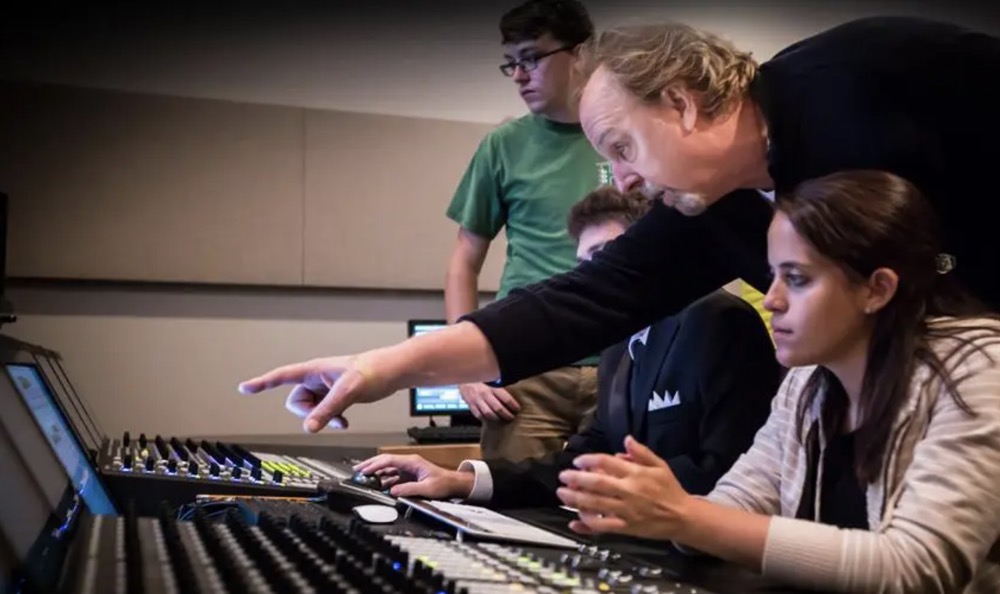Pro Tools is digital audio software made by Avid Technology that can be used on either the Macintosh or Microsoft Windows operating systems. Professionals in the audio industry use Pro Tools for editing and recording in films, television and music venues. Depending on the Pro Tools functions you use, the number of plug-ins you have, and the number of processors in your computer, you may experience lag time or run low on memory. Here are some steps to use to allocate more memory for Pro Tools tasks.
Steps
Shut down all other applications.
To ensure Pro Tools is running at maximum capacity, close down all other open applications on your computer. This frees up RAM and any other available resources that can be allocated to Pro Tools.
Customize your settings in the Playback Engine window.
In the Playback Engine window, you can customize settings such as your CPU usage limit, the RTAS (Real Time AudioSuite) processors, the hardware buffer size, and the DAE (Digidesign Audio Engine) Playback buffer size to free up memory.
Open the Playback Engine window.
From Pro Tools, click on “Setup” and select Playback Engine.
- Change the CPU usage limit. In the Playback Engine window, click on the drop-down menu next to CPU Usage Limit in the HD TDM Settings section to modify the amount of memory you are allocating to Pro Tools. Pro Tools will allow you to set allocation at a maximum of 85 percent if your computer only has one processor.
- Modify the number of RTAS processors. In the Playback Engine window, click on the drop-down menu next to RTAS Processors in the HD TDM Settings section to modify the amount of processors you want to use for Pro Tools allocation. The RTAS Processors setting allows you to allocate more memory for Pro Tools by utilizing your computer’s multiple processors, if applicable. This setting works with the CPU Usage Limit setting in that you can set allocation at 99 percent with multiple processors.
- Change the hardware buffer size. In the Playback Engine window, click on the drop-down menu next to Hardware Buffer Size in the HD TDM Settings section to increase or decrease the buffer size. Large buffer sizes are ideal for editing and mixing processes because they allow the computer more time to process audio samples and help enable your computer to work with larger sets of data. Smaller buffer sizes are recommended for recording processes to reduce latency.
- Modify the DAE Playback buffer size. In the Playback Engine window, click on the drop-down menu next to Size in the DAE Playback Buffer section to increase or decrease the buffer size for this setting. If you are experiencing slowness during playback or recording, then setting smaller buffer sizes may improve your computer speed. Although larger buffer sizes may improve session performances containing a large amount of edits, they may also increase your time lag before initiating the playback or recording functions.
Tips
- If you have several plug-ins and notice that setting a higher CPU usage limit still causes background processes to run slow, try decreasing the limit by 5 to 10 percent and test for improvement.
- In addition to everything else….delete all of the preferences in library associated to the plug-ins used (.dll for PC users or .plist in preferences for Mac).Thats what fixed it for me!
